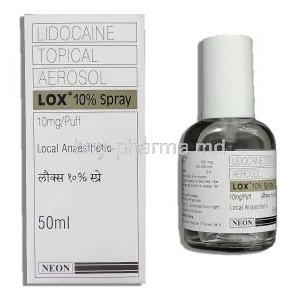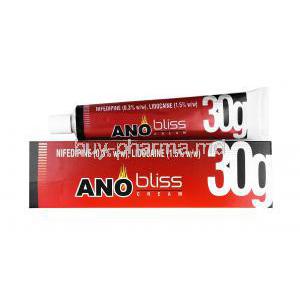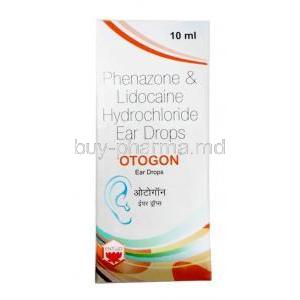Xylocaine Pump Spray
- Introduction to Xylocaine Pump Spray
- Composition of Xylocaine Pump Spray
- Uses of Xylocaine Pump Spray
- How Xylocaine Pump Spray Works
- Dosage and Administration of Xylocaine Pump Spray
- Administration Guidelines
- Side Effects of Xylocaine Pump Spray
- Warnings and Precautions
- Contraindications of Xylocaine Pump Spray
- Drug Interactions
- Careful Administration Guidelines
- Storage and Handling of Xylocaine Pump Spray
- Overdose and Its Management
- Key Considerations for Specific Populations
- Important Precautions for Handling Xylocaine Pump Spray
Introduction to Xylocaine Pump Spray
Overview of Xylocaine Pump Spray
The Xylocaine Pump Spray is an anesthetic commonly used in both the healthcare and dental fields for numbing purposes with its key ingredient being lidocaine. A local anesthetic that works by blocking nerve signals at the targeted area to provide quick relief from pain.
Brief History and Development of Xylocaine
The main ingredient in Xylocaine is lidocaine, which was synthesized for the time in 1943 by Swedish scientist Nils Löfgren with the aim of replacing anesthetics that were not as effective. Lidocaine has significantly improved pain control. It continues to play a crucial role in contemporary medicine.
Purpose and Importance in Medical Applications
The Xylocaine Pump Spray plays a role in medical areas due to its fast-acting nature that targets specific areas with minimal impact on the overall systems functions essential for outpatient procedures and minor surgeries as well as diagnostic tests.
Composition of Xylocaine Pump Spray
Active Ingredients and Their Roles
Lidocaine hydrochloride is the component that stops nerve signals from traveling and blocks the feeling of pain effectively at the area where it is applied due to its quick absorption.
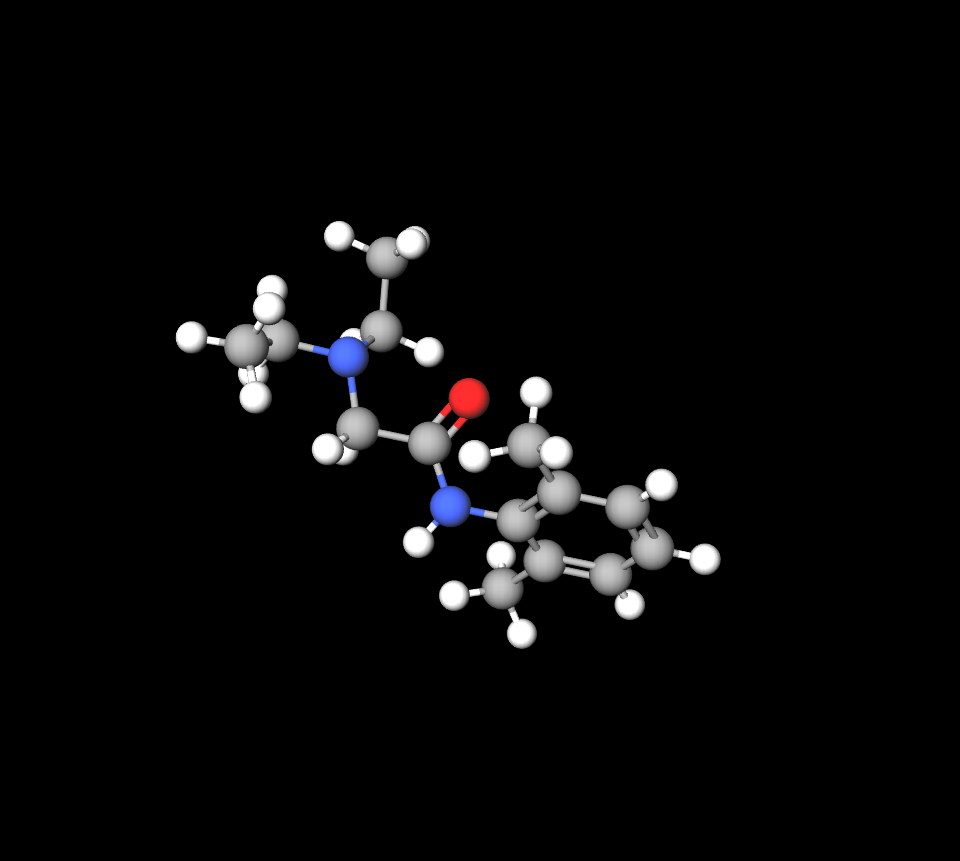
Benzocaine vs lidocaine
Local anesthesia provided by Lidocaine is more potent. It lasts for 90 minutes compared to Benzocaine, which is milder and offers effects for about ten minutes post-application.
Lidocaine hydrochloride
Lidocaine, in its hydrochloride salt version, is an aminoethylamide and a classic example of amide-class anesthetics. It works by affecting the voltage-gated Na channels on the nerve cell membrane and preventing the rise in permeability of excitable membranes to Na+.
Novocaine vs lidocaine
Procaine or Novocaine is a medication that may cause restlessness and allergic reactions, as side effects along with convulsions and dizziness; on the other hand, Lidocaine has a faster onset of action and longer duration compared to Novocaine while also carrying a lower risk of side effects.
Xylocaine vs lidocaine
Lidocaine and Xylocaine (also referred to as lignocaine) are names for a medication used to alleviate pain during treatments, known as Xylocaine Dental in the provided information sheet, which addresses common queries individuals may have about Xylocaine Dental.
Inactive Components and Their Functions
- Ethanol: Acts as a solvent and enhances lidocaine absorption.
- Propylene glycol: Improves the consistency and spreadability of the spray.
- Fragrance agents: Provide a neutral odor to improve user comfort.
Mechanism of Action of Lidocaine
When lidocaine attaches to sodium channels in the nerve membrane, it stops depolarization from happening, halting the conduction of nerve impulses and offering relief from pain in an area without affecting the whole body systemically.

Uses of Xylocaine Pump Spray
Primary Medical Applications
Xylocaine Pump Spray is highly versatile:
- Pain relief in minor surgical procedures: Commonly used in dermatological and gynecological interventions.
- Dental procedures: Numbs oral tissues during extractions or scaling.
- Diagnostic procedures: Eases discomfort during endoscopy or intubation.
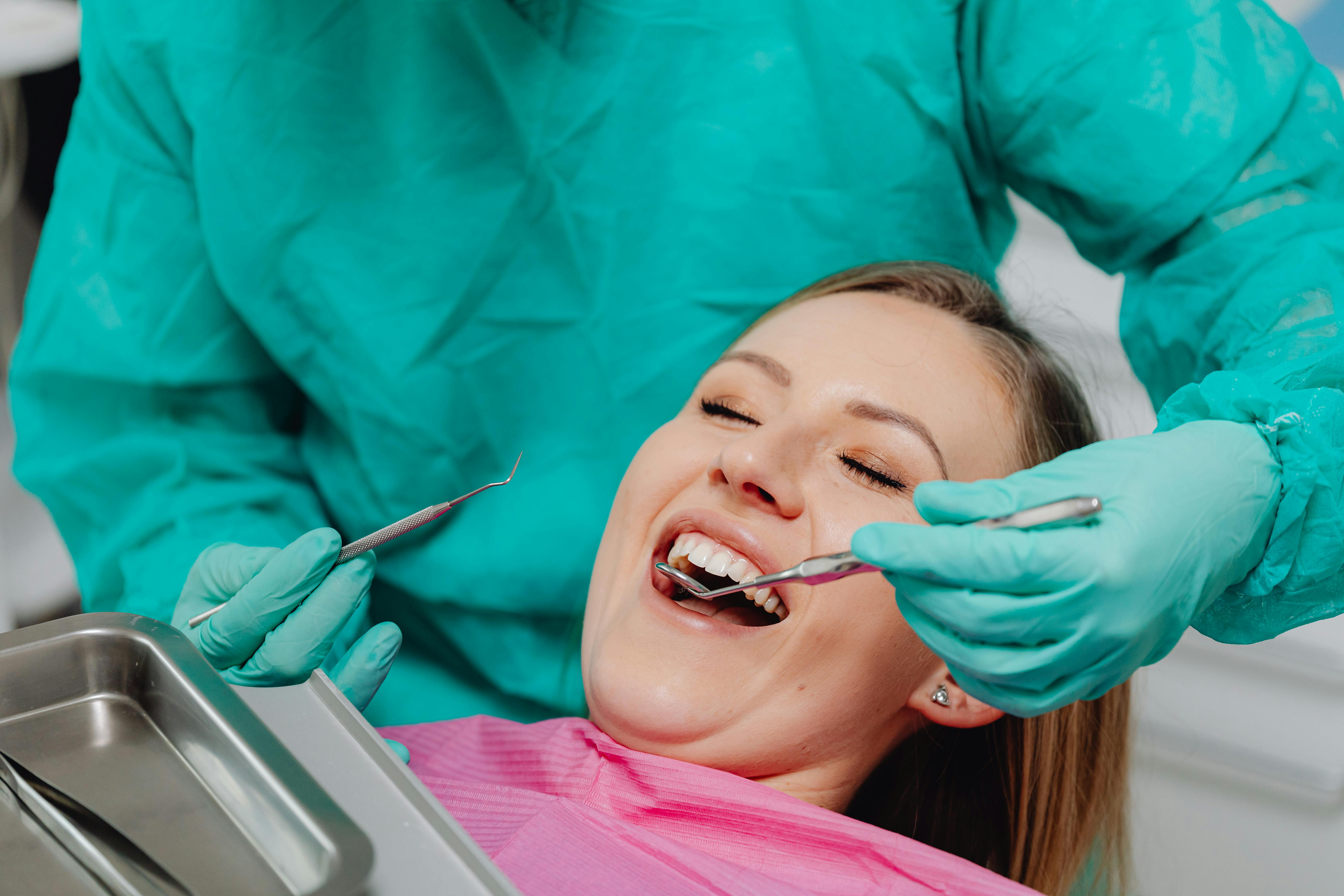
Treatment of Acute Pain Conditions
- Postoperative pain: Reduces discomfort after minor surgeries.
- Burns and skin injuries: Alleviates pain and stinging sensations.
Off-Label Uses
- Migraine management: Experimental use in alleviating severe headaches.
- Neuropathic pain relief: Targets chronic nerve-related pain.
- Sexual health applications: Employed for premature ejaculation treatment by desensitizing sensitive areas.

How Xylocaine Pump Spray Works
Mechanism of Action: Blocking Nerve Signals
The action of lidocaine involves blocking the entry of sodium into nerve cells which interrupts the start and spread of nerve signals, resulting in numbing of an area.
Duration of Anesthetic Effects
The sensation of numbness usually lingers for about 15 to 30 minutes, based on where it's applied and how much is used.
Factors Influencing Effectiveness
- Concentration of the spray
- Condition of the application area
- Individual patient response
Dosage and Administration of Xylocaine Pump Spray
Recommended Dosages for Adults
It is recommended to use 1 to 2 sprays per application as the dosage. Do not go beyond 20 sprays a day to prevent any potential toxicity concerns.
Adjustments for Specific Conditions
Patients with liver or kidney issues, may require doses to minimize the chances of absorption into the body systems.
Application Techniques for Optimal Effectiveness
Spritz the solution, onto the spot keeping a distance of 5 to 10 centimeters away for application results letting it soak in without any rubbing, for maximum effectiveness.
Frequency of Use and Duration of Therapy
The anesthetic is typically used for short term pain relief to avoid exposure to it.
Administration Guidelines
Administration to Children
Approach with care. Follow the dosage recommendations for children to avoid any potential negative outcomes.

Administration to Elderly Patients
In this age group lower doses are frequently suggested because their metabolism tends to be slower and they tend to be more sensitive.
Administration During Pregnancy and Breastfeeding
- Risks and Benefits for Pregnant Women: Limited systemic absorption minimizes fetal risk, but caution is advised.
- Transfer to Breast Milk: Insignificant transfer levels make it generally safe during lactation.
Side Effects of Xylocaine Pump Spray
Common Side Effects
- Skin irritation or redness
- Temporary numbness or tingling
Rare but Severe Side Effects
- Allergic reactions (e.g., swelling, hives)
- Cardiovascular effects (e.g., bradycardia)
- Central nervous system effects (e.g., dizziness, seizures)

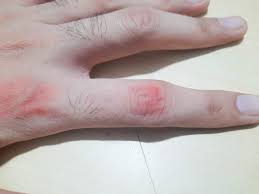

Warnings and Precautions
Important Precautions Before Use
Patients are advised to undergo allergy screening to prevent any reactions. It is important to avoid excessive use or applying the product on large areas of the skin.
Specific Warnings
- Use cautiously in patients with hepatic or renal impairments.
- Avoid application to infected or open wounds to prevent systemic absorption.
Lidocaine toxicity
Signs of lidocaine overdose encompass feelings of lightheadedness and disorientation, as well as the possibility of experiencing seizures; such symptoms typically manifest when an individual absorbs an excessive quantity into their bloodstream.
Long-Term Effects of Lidocaine
Rarely, potential long-term consequences of lidocaine toxicity could involve issues with memory or motor functions if the overdose is severe or treatment is delayed.
Lidocaine allergy
Allergic reactions can vary from symptoms, like hives and redness with itching, to severe reactions, such as swelling and breathing difficulties. Those life-threatening anaphylactic reactions can lead to breathing problems, hypotension and unconsciousness.
Contraindications of Xylocaine Pump Spray
Absolute Contraindications
- Known hypersensitivity to lidocaine
- Severe liver dysfunction
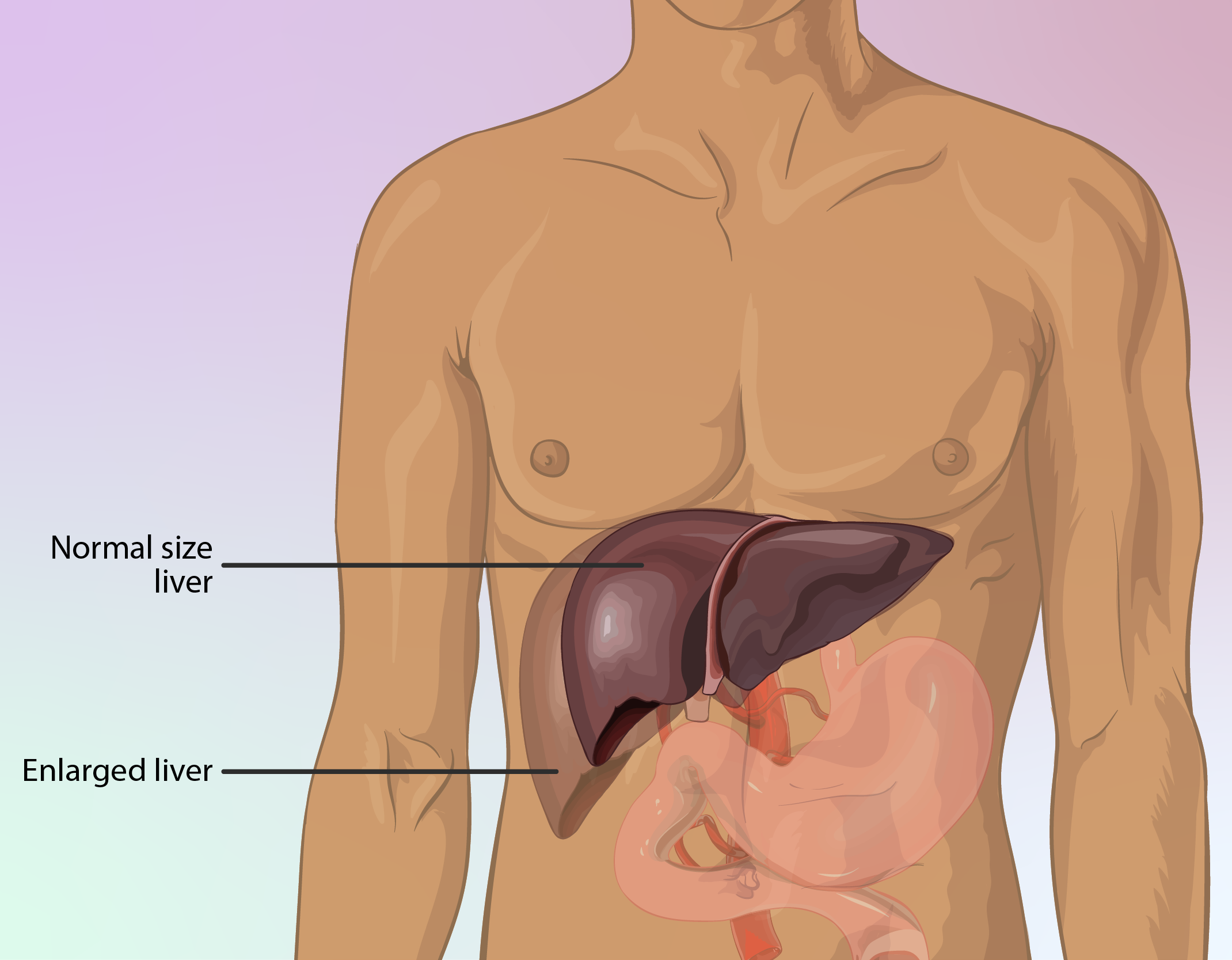
Relative Contraindications
- Patients with cardiovascular disorders
- Concurrent use with other local anesthetics
Drug Interactions
Medications That May Interact with Xylocaine
Xylocaine Pump Spray has the potential to interact with a variety of medications. These interactions can either amplify its effects or diminish its efficacy. Awareness of these interactions is vital to ensure patient safety and therapeutic success.
- Beta-blockers: These medications, commonly used for cardiovascular conditions, can slow the metabolism of lidocaine, increasing its plasma concentration.
- Antiarrhythmic drugs: When used concurrently, such as amiodarone, they may heighten the risk of cardiac complications.
Potential Effects of Drug Interactions
- Enhanced Toxicity: Accumulated levels of lidocaine can lead to neurotoxic or cardiotoxic effects.
- Reduced Effectiveness: Certain drugs may compete with lidocaine for metabolic pathways, lowering its anesthetic efficacy.
Careful Administration Guidelines
Monitoring During Use
It's important to keep an eye on patients while giving Xylocaine to catch any side effects early on – especially in high-risk groups like older adults or those with existing health issues.
Avoiding Overuse or Prolonged Application
Overusing a product could result in a build-up of effects over time, so it's important to follow the doses carefully to avoid any unexpected side effects or issues arising.
Importance of Adhering to Prescribed Dosage
Straying from recommended guidelines does not undermine the effectiveness of treatment. It can also increase possible dangers. Teaching patients how to use medication correctly is crucial in achieving the desired results.
Storage and Handling of Xylocaine Pump Spray
Recommended Storage Conditions
Maintaining appropriate storage conditions is essential to preserve the efficacy of Xylocaine Pump Spray.
- Optimal temperature: Store between 15°C and 25°C to prevent degradation.
- Humidity control: Avoid exposure to excessive moisture, as it may alter the spray's composition.
Proper Disposal Methods
Remember to follow your guidelines, for the disposal of any unused or expired Xylocaine Pump Spray to avoid environmental harm and potential accidental contact exposure.
Handling Precautions to Maintain Product Efficacy
Remember to keep the spray device clean and free, from any contaminants at all times and make sure to replace the cap after each use to preserve the sterility of the product.
Overdose and Its Management
Signs and Symptoms of Overdose
- Common signs of issues include seizures and feelings of dizziness and confusion.
- Irregular heartbeats and low blood pressure can sometimes lead to issues.
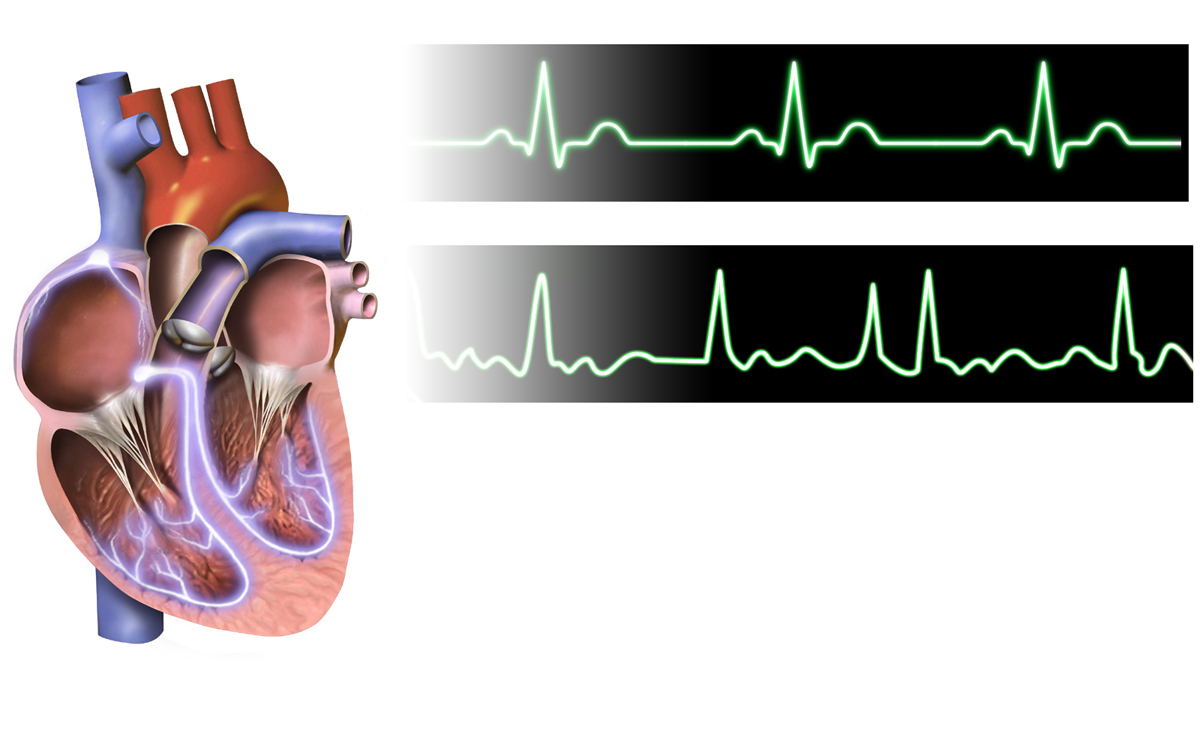
Emergency Response and Treatment
In cases where an overdose is suspected, it is crucial to seek help. Patients are often provided with measures such, as oxygen therapy and intravenous fluids, for their care. Antitoxins may be used in situations to counteract toxicity by employing lipid emulsion therapy.
Key Considerations for Specific Populations
Use in Children: Age-Specific Guidelines
Dosage recommendations for children should be determined with consideration of their body weight, typically using an approach to reduce the chances of absorption in the body.
Use in Elderly: Considerations for Reduced Metabolism
The older generation might experience a decrease in how their bodies process lidocaine medication; hence, it's advised to use doses and carefully watch for any negative effects.
Safety During Pregnancy and Lactation
- Pregnancy: Although systemic absorption is minimal, Xylocaine should be used cautiously to avoid potential risks to the fetus.
- Lactation: The low transfer rate into breast milk makes it relatively safe; however, consulting a healthcare provider is advisable.

Important Precautions for Handling Xylocaine Pump Spray
Avoiding Contact with Eyes and Mucous Membranes
When you touch areas directly it might result in irritation or a strange numb feeling unexpectedly occurring. That's why it's advisable to wear gloves as a measure while applying any substance.
Cleaning and Maintenance of the Spray Device
To keep things tidy and maintain a spray output it's important to clean to avoid contamination using sterile wipes or cleaning products that are approved for this purpose.
Ensuring Safety in Multi-User Environments
In settings or hospitals, it's important to adhere to cleanliness guidelines to avoid cross-contamination issues. Ensuring safety can be boosted by labeling and assigning specific devices, for individual use.
Xylocaine Pump Spray FAQ
- What is Xylocaine pump spray used for?
- How do you use xylocaine spray?
- What is lidocaine spray used for?
- How long does Xylocaine spray last?
- What are the benefits of Xylocaine?
- When do you apply xylocaine?
- What are the side effects of anaesthetic spray?
- What is the duration of action of xylocaine spray?
- How long does it take for Xylocaine to work?
- Does Xylocaine reduce pain?
- What are the side effects of Xylocaine in the throat?
- Where do you apply lidocaine spray?
- What kind of pain is lidocaine good for?
- How many times a day can I use lidocaine spray?
- Can you swallow lidocaine spray?
- Can you spray lidocaine on an open wound?
- Is it safe to use lidocaine daily?
- Is lidocaine nasal spray safe?
- Can I drink water after throat spray?
- How often can you use Xylocaine spray?
- How long is Xylocaine good for once opened?
- How long does lidocaine last?
- What is the strongest prescription lidocaine patch?
- Why are lidocaine patches removed after 12 hours?
- Can you sleep with a lidocaine patch on?
- What is lidocaine ointment used for?
- What is the first sign of lidocaine toxicity?
- Is lidocaine safe during pregnancy?
- Does lidocaine make you sleepy?
- Does lidocaine numb?
- Does lidocaine expire?
- How long for lidocaine to wear off?
- Is lidocaine a steroid?
- Can you put lidocaine on a burn?
- Is lidocaine patch a narcotic?
- What is Xylocaine pump spray used for?
- How do you use xylocaine spray?
- When do you apply xylocaine?
- What are the side effects of anaesthetic spray?
- How long does it take for Xylocaine to work?
- Does Xylocaine reduce pain?
- What are the side effects of Xylocaine in the throat?
- Where do you apply lidocaine spray?
- What kind of pain is lidocaine good for?
- How many times a day can I use lidocaine spray?
- Can you swallow lidocaine spray?
- Can you spray lidocaine on an open wound?
- Is it safe to use lidocaine daily?
- Is lidocaine nasal spray safe?
- Can I drink water after throat spray?
- How often can you use Xylocaine spray?
- What is the strongest prescription lidocaine patch?
- Why are lidocaine patches removed after 12 hours?
- Can you sleep with a lidocaine patch on?
- What is lidocaine ointment used for?
- Does lidocaine make you sleepy?
- Does lidocaine numb?
- Does lidocaine expire?
- Can you put lidocaine on a burn?
- Is lidocaine patch a narcotic?
- What is Xylocaine pump spray used for?
- How do you use xylocaine spray?
- What is lidocaine spray used for?
- Can you swallow lidocaine spray?
- Can you spray lidocaine on an open wound?
- Is it safe to use lidocaine daily?
- Is lidocaine nasal spray safe?
- Can I drink water after throat spray?
- How often can you use Xylocaine spray?
- Is lidocaine patch a narcotic?
What is Xylocaine pump spray used for?
The Xylocaine Spray is a solution that's not sterile and is utilized to numb parts of the body for the purpose of alleviating pain and reducing reflex gagging when undergoing medical assessments of the nose or throat as well as procedures involving minor interventions in these areas.
How do you use xylocaine spray?
In the field of dentistry, it is commonly advised to use between 1 to 3 sprays for every section of the mouth within a span of 30 minutes.
What is lidocaine spray used for?
Before dental procedures, lidocaine spray is applied to numb the mouth's interior lining as well as the throat or nose.
How long does Xylocaine spray last?
one to three hours
What are the benefits of Xylocaine?
Xylocaine 2% Gel is prescribed to alleviate pain and discomfort linked with skin irritation such as burns or insect bites, as skin abrasions or sunburns; it is also employed in the management of post-shingles neuralgia and premature ejaculation treatment purposes.
When do you apply xylocaine?
Take this medication three to four times daily. Follow the instructions provided by your doctor.
What are the side effects of anaesthetic spray?
Please discontinue taking this medication and seek assistance if you experience any severe side effects such as feeling dizzy or drowsy; experiencing slow or shallow breathing; noticing changes in your mental state or mood like confusion or nervousness; trembling or having seizures; encountering vision changes such, as double or blurred vision; hearing ringing in your ears; feeling faint; or appearing pale.
What is the duration of action of xylocaine spray?
10-15 minutes
How long does it take for Xylocaine to work?
20-30 minutes
Does Xylocaine reduce pain?
Yes
What are the side effects of Xylocaine in the throat?
Unexplained skin redness, along with swelling in areas like the face or throat.
Where do you apply lidocaine spray?
When you're holding the spray canister 3 to 4 inches away from the area that needs attention and spraying until it's dampened, it should do the trick! If its your face that needs care just spray the medicine on your hand first. Then, gently apply it to your face.
What kind of pain is lidocaine good for?
Minor pain in shoulders, arms, neck and legs
How many times a day can I use lidocaine spray?
For adults and children aged 12 and above, Spray the area every 6 to 8 hours. Do not exceed 3 applications within a 24-hour period.
Can you swallow lidocaine spray?
Be cautious with children as lidocaine can lead to side effects when ingested through the mouth or throat while using the viscous topical solution medicine – watch out for any signs of toxicity.
Can you spray lidocaine on an open wound?
No
Is it safe to use lidocaine daily?
No
Is lidocaine nasal spray safe?
Some of the effects of Lidocaine include seizures, muscle jerks (myoclonic movements), fainting (loss of consciousness), absence of heart contractions (asystole), sudden drop in blood pressure (cardiovascular collapse), low blood pressure level (hypotension), slow heart rate (bradycardia).
Can I drink water after throat spray?
Consider waiting a few minutes after using throat spray before drinking water to allow the product to take effect and prevent ingestion. It's crucial to stay hydrated during sickness; however you might want to refrain from consuming food or beverages while your throat is still numb.
How often can you use Xylocaine spray?
You can use 20 applications containing 200 mg of lidocaine base for procedures involving the pharynx larynx and tracheal areas.
How long is Xylocaine good for once opened?
immediately after opening of the container
How long does lidocaine last?
30 minutes to three hours
What is the strongest prescription lidocaine patch?
Lidocaine transdermal medication is available in the form of a 5 percent patch (known as Dermalid or Lidoderm) as a 1/point/point 7 percent topical system (called Ztlido), which can be applied directly onto the skin.
Why are lidocaine patches removed after 12 hours?
Only a small quantity of lidocaine enters the bloodstream when using the patch. This lowers the chances of a reaction. However, if the patch remains on for a period or is placed on damaged or irritated skin, lidocaine may build up. Exhibit symptoms of toxicity.
Can you sleep with a lidocaine patch on?
It's okay to wear a lidocaine patch while sleeping. Make sure to not exceed 12 hours of use at a time.
What is lidocaine ointment used for?
It is commonly utilized to both prevent and alleviate discomfort resulting from procedures.
What is the first sign of lidocaine toxicity?
Agitation, confusion, dizziness, drowsiness, dysphoria, auditory changes, tinnitus, perioral numbness, metallic taste, and dysarthria.
Is lidocaine safe during pregnancy?
Yes
Does lidocaine make you sleepy?
One uncommon outcome of using lidocaine is experiencing drowsiness or a strong sense of fatigue, leading to sleepiness.
Does lidocaine numb?
Yes
Does lidocaine expire?
Yes
How long for lidocaine to wear off?
2-3 hrs
Is lidocaine a steroid?
No
Can you put lidocaine on a burn?
Yes
Is lidocaine patch a narcotic?
No
What is Xylocaine pump spray used for?
When a medical examination of the nose or throat is needed, and viewing instruments must be inserted for procedures, in those areas or the stomach or lungs for inspection purposes that may cause pain or reflex gagging reactions, Xylocaine Spray is a solution that is applied to numb (anesthetize). It is a nonsterile product used to reduce discomfort in body regions.
How do you use xylocaine spray?
In the field of dentistry—typically speaking—a standard dose would consist of 1 to 4 squirts or spritzes for each section of the mouth, which is the guideline to follow; it is advisable not to exceed 3 sprays per section in a duration of 30 minutes.
When do you apply xylocaine?
Take this medication three to four times daily or as instructed by your physician.
What are the side effects of anaesthetic spray?
Please discontinue the use of this medication immediately. Seek medical assistance if you experience any severe side effects, like feeling lightheaded or excessively drowsy. Symptoms to watch out for include slow or shallow breathing patterns; changes in mental state such as confusion or heightened anxiety; trembling or seizures; alterations in vision like double or blurry sight; persistent ringing in the ears; sudden faintness; a paleness in complexion.
How long does it take for Xylocaine to work?
20-30 minutes
Does Xylocaine reduce pain?
Yes
What are the side effects of Xylocaine in the throat?
Rash, itching/swelling (especially of the face/tongue/throat)
Where do you apply lidocaine spray?
When you have the canister in hand 3 to 4 inches away from the affected spot area on your skin or body part that needs attention, like a skin bruise or cut – aim and spray until it's moistened enough with the medication solution in the canister. If you're dealing with a situation where the affected spots are on your face region specifically. Of spraying directly onto your face from the canister nozzle directly. Its recommended to spray some of the medication onto your palm first and then carefully apply it onto your facial area as needed.
What kind of pain is lidocaine good for?
Minor pain in shoulders, arms, neck, and legs
How many times a day can I use lidocaine spray?
For adults and children aged 12 and above, Apply the spray to the area every 6 to 8 hours with a maximum of 3 applications in a day.
Can you swallow lidocaine spray?
Be cautious when using lidocaine in children as it may lead to side effects if ingested through the mouth or swallowed while using the solution in the mouth or throat.
Can you spray lidocaine on an open wound?
No
Is it safe to use lidocaine daily?
No
Is lidocaine nasal spray safe?
Some of the effects of Lidocaine include seizures, sudden muscle jerks (myoclonic movements), loss of consciousness, heart rhythm abnormalities, like asystole, cardiovascular failure, low blood pressure, and slow heart rate (bradycardia).
Can I drink water after throat spray?
Make sure to wait a few minutes after using throat spray before you have some water to let the spray do its job and prevent any chance of swallowing it by mistake. Staying hydrated when you're sick is crucial. You might want to steer of eating or drinking while your throat is still feeling numb.
How often can you use Xylocaine spray?
You can use up to 20 applications of 200 mg of lidocaine base for procedures involving the pharynx (throat), larynx (voice box), and tracheal area (windpipe).
What is the strongest prescription lidocaine patch?
Lidocaine prescribed for skin application is available in a 5 percent patch form (Dermalid or Lidoderm) as a 1..eight percent topical system (known as Ztlido).
Why are lidocaine patches removed after 12 hours?
Just a bit of lidocaine gets into the bloodstream when using the patch. This lowers the chance of a reaction. If you leave the patch on for long or put it on broken or irritated skin lidocaine can build up and lead to signs of toxicity.
Can you sleep with a lidocaine patch on?
It's fine to wear a lidocaine patch while sleeping. Make sure not to exceed 12 hours.
What is lidocaine ointment used for?
It is commonly employed to both prevent and manage pain resulting from procedures.
Does lidocaine make you sleepy?
One uncommon downside of using lidocaine is the potential for drowsiness or an overwhelming sense of sleepiness.
Does lidocaine numb?
Yes
Does lidocaine expire?
Yes
Can you put lidocaine on a burn?
Yes
Is lidocaine patch a narcotic?
NO
What is Xylocaine pump spray used for?
The Xylocaine Spray is a solution that's not sterile and is applied to anesthetize)specific areas of the body to alleviate pain and prevent reflex gagging during medical examinations of the nose as well as the throat or when inserting viewing instruments for inspections involving minor procedures in the nose and throat area.
How do you use xylocaine spray?
In the field of dentistry, it is common to use between 1 to 1 sprays for the recommended dosage per quarter of the mouth with a maximum of 3 sprays per quarter within a 30-minute timeframe.
What is lidocaine spray used for?
Before specific medical or dental procedures are conducted in the mouth, throat, or nose area, Lidocaine spray is used to numb the lining.
Can you swallow lidocaine spray?
Be cautious when using lidocaine in children as it may lead to side effects if ingested accidentally while in the mouth or throat through a viscous topical solution medication. Watch out for signs of toxicity carefully.
Can you spray lidocaine on an open wound?
No
Is it safe to use lidocaine daily?
No
Is lidocaine nasal spray safe?
The use of Lidocaine may lead to reactions like seizures, muscle twitches ( jerks), fainting, heart rhythm abnormalities (asystole), cardiac failure, or sudden drop in blood pressure (hypotension), and slow heart rate (bradycardia).
Can I drink water after throat spray?
After using the throat spray, wait for a few minute before drinking water to allow the spray to take effect and avoid any chance of swallowing the product. Staying hydrated when you're sick is crucial; however it's advisable to refrain from eating or drinking while your throat is still numb.
How often can you use Xylocaine spray?
You can use a maximum of 20 applications containing 200 mg of lidocaine base for procedures on the throat (pharynx), voice box (larynx), and windpipe (tracheal area).
Is lidocaine patch a narcotic?
No






